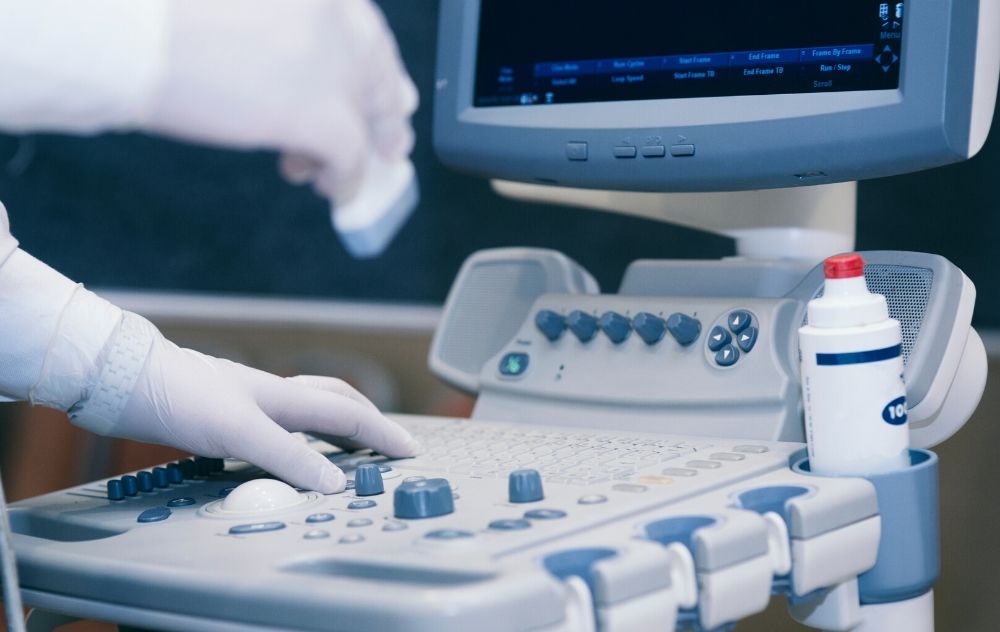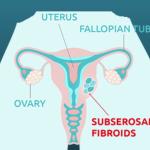
 I’m often asked why do fibroids cause symptoms in some women and not in others. The simplest and easiest explanation is to think of fibroids like we think of real estate location, location, location.
I’m often asked why do fibroids cause symptoms in some women and not in others. The simplest and easiest explanation is to think of fibroids like we think of real estate location, location, location.
Fibroids are very slow growing, benign, non-cancerous growths that tend to finally cause symptoms in women in their mid-30s to late 40s. There are three different types of uterine fibroids. They are known as submucosal, intramural, and subserosal.
Can Different Fibroids Cause Different Symptoms?
Submucosal fibroids are located underneath the inner lining of the uterus known as the endometrium. When fibroids develop in this location, they tend to cause severe heavy bleeding. Intramural fibroids occur inside the wall of the uterus. Intramural fibroids are the most common type of uterine fibroid. Intramural fibroids can cause heavy bleeding as well as pain, pressure and other symptoms.
Finally, subserosal fibroids occur on the outer portion of the uterus and cause the bulk related symptoms. Depending on the location of the subserosal fibroid it can cause pressure on the bladder, pressure on the colon or even pressure on nerves that run to the legs. In fact, most patients have multiple growths and can have different types of uterine fibroids at the same time.
How Are Uterine Fibroids Diagnosed?
A very small fibroid located in a submucosal location can cause severe bleeding while the same sized fibroid located in the wall of the uterus will not be symptomatic. In fact, sometimes very large fibroids do not cause symptoms either. Every woman’s experience with fibroids is unique and should be treated as such.
As part of the workup of fibroids, your interventional radiologist, gynecologist or family doctor will typically order an ultrasound to determine the locations and size of your fibroids. The ultrasound will help determine the different types of uterine fibroids you may have. If the ultrasound is not definitive, a magnetic resonance imaging (MRI) will then be ordered. These tests will then be reviewed by your interventional radiologist to determine if you are a candidate for uterine fibroid embolization (UFE).
Treating Different Types of Uterine Fibroids
The beauty of uterine fibroid embolization (UFE) is that regardless of how many fibroids one has or their size, they can all be treated at the same time. At USA Fibroid Centers, we utilize UFE to treat both intramural and subserosal fibroids.
During the UFE treatment, the fibroids will all shrink significantly over the course of a year. Many patients who have submucosal fibroids causing heavy bleeding will notice significant relief in their first or second periods. Bulk-related symptoms due to the larger intramural or subserosal fibroids may take slightly longer; but over time, the symptoms will improve significantly.
Finding Fibroid Relief Near You
If you or someone you love is experiencing symptoms heavy bleeding, cramping, bloating, frequent urination, or pelvic pressure, it’s a good idea to get a comprehensive examination to determine if uterine fibroids could be the cause. Don’t wait for your symptoms to worsen, please give us a call at 855.615.2555 or click the button below to schedule an evaluation today.
Related Articles
Your Complete Guide to Hormones
What is Considered a Large Fibroid?
Does Uterine Fibroid Embolization Offer Fewer Complications Than Surgery?



